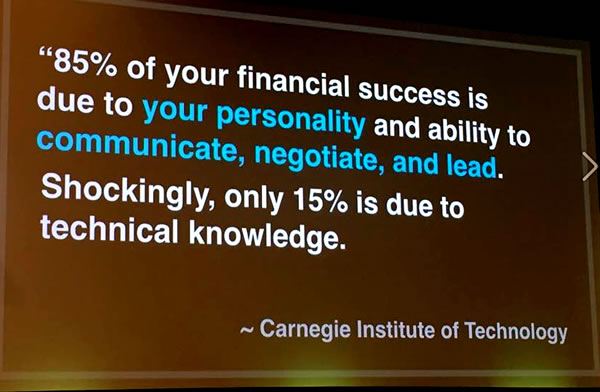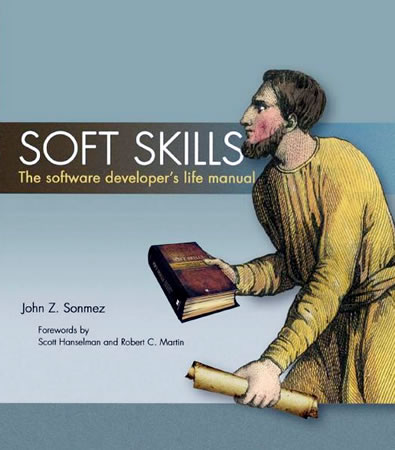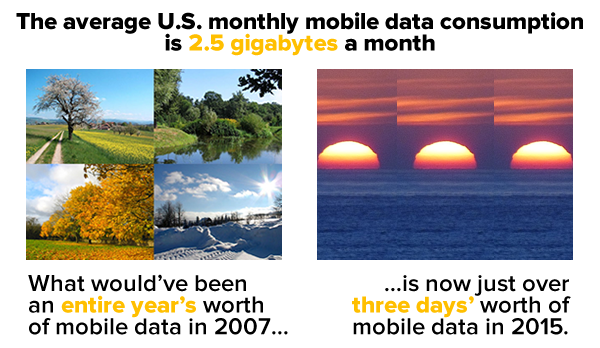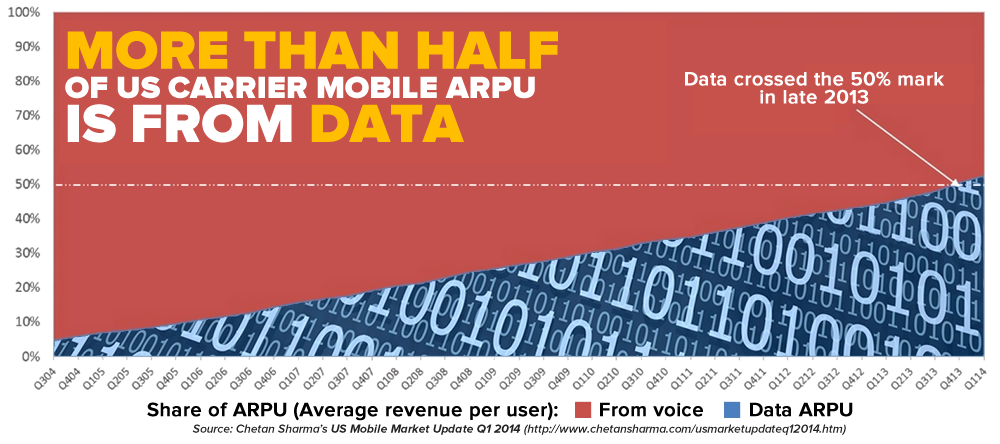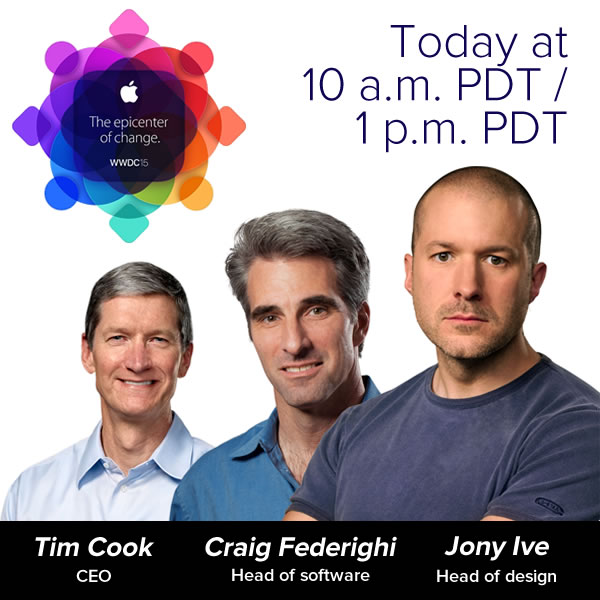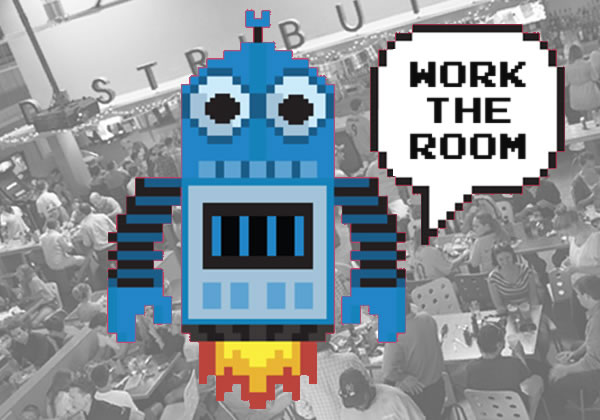
Last year, I was at the GIANT conference in Charleston, but not as an attendee.
My then-fiancee, now-wife attended the conference while I spent the days working remotely from a number of wifi-equipped cafes and snapping pictures in Charleston’s lovely downtown, and the evenings attending GIANT’s many interesting social events as her “arm ornament”.
Despite being a non-attendee, I got into a number of interesting conversations, talking both shop and non-shop topics, and making friends and connections who occupy my contacts list, social media feeds, email and online reading today. This happened because I worked the room.
The second GIANT conference starts this coming week, and this year, I’m an official, paid-for, proper attendee. For the benefit of my fellow attendees, I’m sharing my “how to work the room” tips and tricks, which I’ve learned over the years as a conference-goer, tech evangelist, and street musician in installments.
I’m posting this one first, because I want to make sure I’m catching GIANT attendees who are packing right now…
If you have a reasonably portable musical acoustic instrument, bring it and play it proudly!

I like to refer to my accordion as “social hardware”. Ever since that fateful day when the accordion made me an accidental rock star at Toronto’s most notorious goth bar, I’ve taken it to social events and conferences, and the payoffs have been nothing short of spectacular, from making friends to landing job offers to meeting The Missus.
 I thought I’d be the only non-official musician at the parties last year, but I wasn’t! Katie Greff (pictured above) brought not just her ukulele, but a stack of lyrics and chord charts, and we had a grand old jam session at the closing night party at the Blue Ion offices. If you’ve got an instrument and sheet music, bring them!
I thought I’d be the only non-official musician at the parties last year, but I wasn’t! Katie Greff (pictured above) brought not just her ukulele, but a stack of lyrics and chord charts, and we had a grand old jam session at the closing night party at the Blue Ion offices. If you’ve got an instrument and sheet music, bring them!
The accordion worked well beyond just jamming with fellow musicians. It’s a conversation starter, a way to add an interesting touch to someone’s birthday (at a large enough conference, it’s always someone’s birthday, and how many people get a personal accordion performance of “Happy Birthday” at a conference?), and if there’s a karaoke night — and yes, there is one at this year’s GIANT — people will invite you to back them up onstage. I’ve you’ve never done karaoke with an instrument before, I will lead a master class on quickly looking up song chords, getting a quick practice session in, and then rocking out on stage.
If you feel a little weird about bringing an instrument to a conference, don’t! If there’s any conference that does vive la difference well, it’s GIANT. And hey, the last conference I attended with my accordion was one full of people who spend half their waking weekdays wearing button-down shirts, misusing the word “spend” as a noun, and making PowerPoint presentations out of walls of bullet points, and I got them into sing-alongs by the end of the night. You can be sure that GIANT’s decidedly less buttoned-down crowd will be into hanging out with a musician.
The only thing you have to remember is that you don’t have to play it all the time. Read people’s faces, and look for the sign that it’s time to stop playing and starting conversing. After all, that’s what we’re really at the conference to do.
Go forth, harness the social powers of music, and bring your instrument! And look for the guy with the accordion — I’ll be happy to jam with you in just about any genre (and I do mean any).

